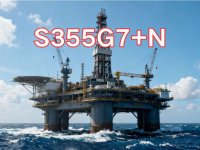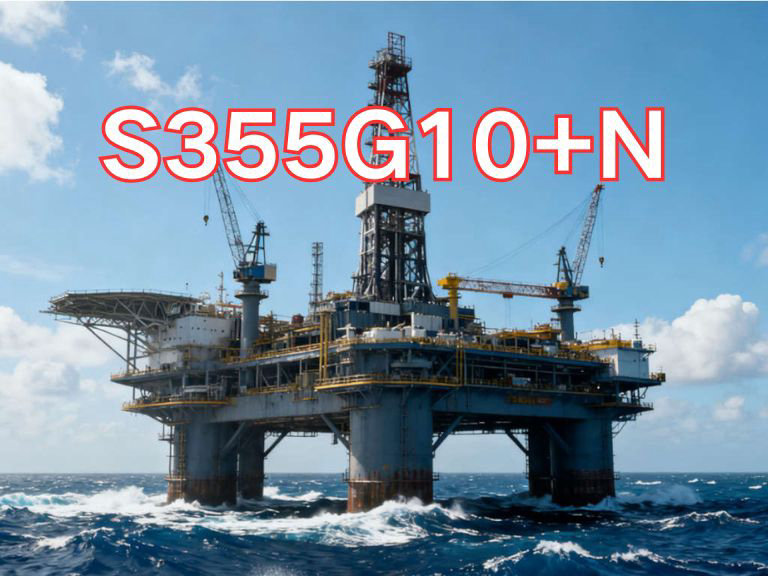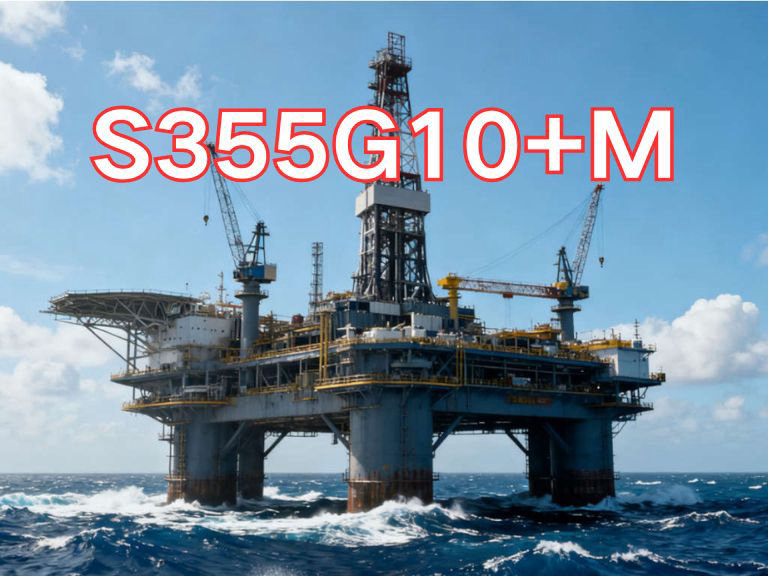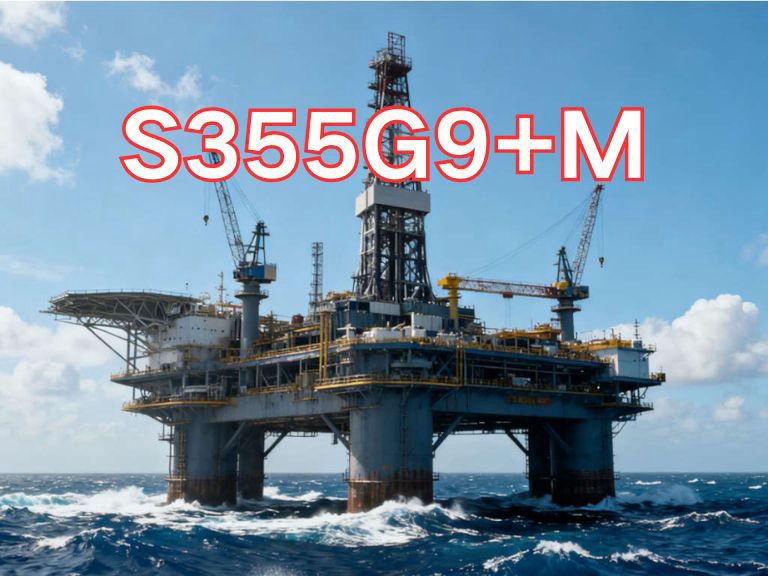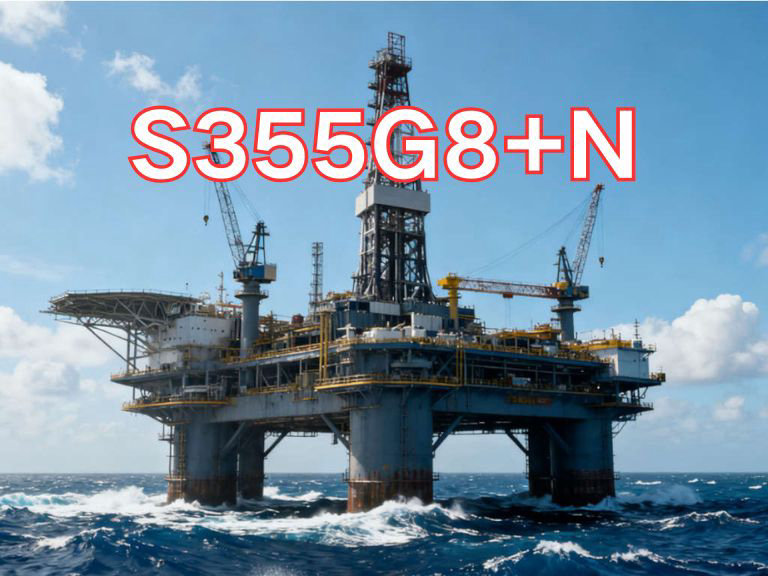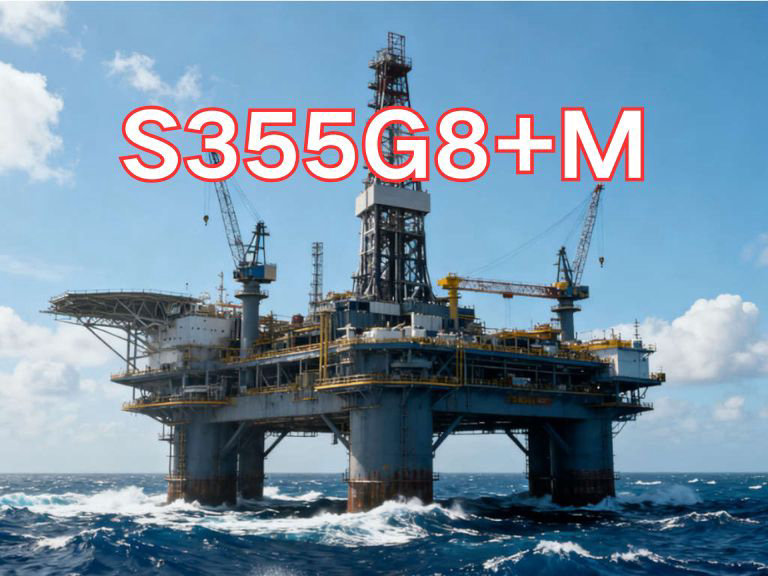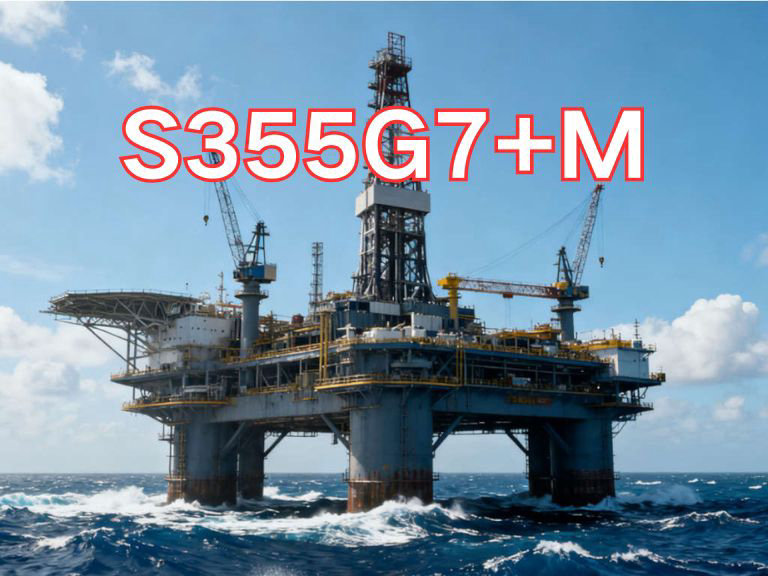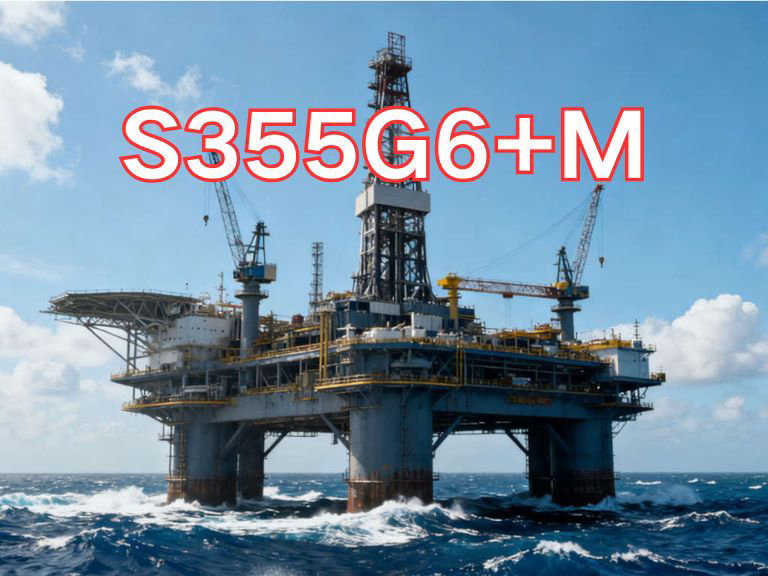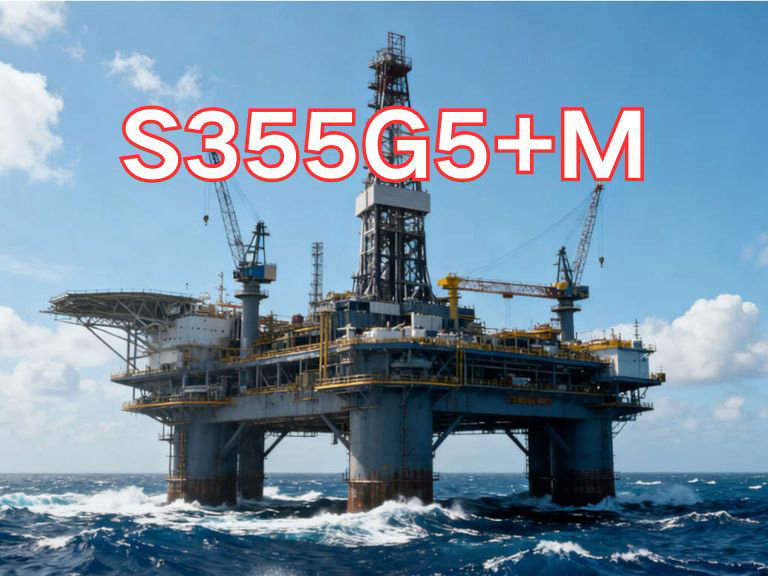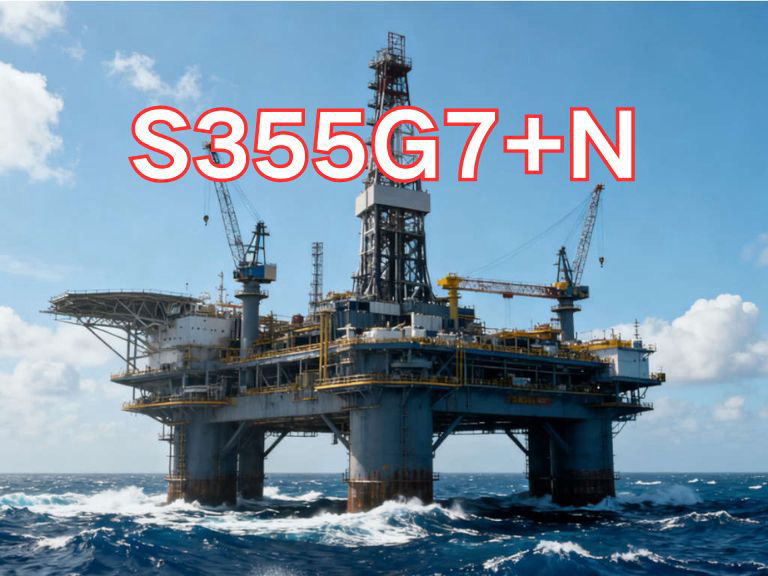

S355G7+N
S355G7+N is an ultra-high-toughness structural steel plate designed for the most extreme low-temperature applications in offshore, polar, and cryogenic engineering environments. Its designation follows the European standard (EN) steel nomenclature system. The "S" stands for "Structural steel," indicating its use in load-bearing welded structures; "355" refers to the specified minimum yield strength of 355 MPa at room temperature, placing it in the high-strength category suitable for heavy-load-bearing components. "G7" is the highest quality and toughness grade defined in EN standards for offshore steels, signifying exceptional resistance to brittle fracture under severe cold conditions. Specifically, the G7 grade requires Charpy V-notch impact testing at -100°C, with an average absorbed energy of no less than 47 J for three specimens and no single value below 35 J—the most stringent toughness requirement among commonly standardized offshore grades. This outstanding cryogenic toughness makes S355G7 ideal for structures operating in Arctic or Antarctic regions, LNG containment systems, and other ultra-low-temperature service environments where structural integrity is critical. The suffix "+N" indicates the delivery condition: normalized or normalized rolling. In this process, the steel is heated above its upper critical temperature and cooled uniformly in air, resulting in a fine, homogeneous ferrite-pearlite or bainitic microstructure. Normalizing refines grain size, eliminates internal stresses, and improves through-thickness uniformity and isotropy, enhancing both toughness and weldability.
The primary characteristics of S355G7+N include ultra-high low-temperature toughness, excellent strength-toughness balance, good weldability, and superior thickness-direction (Z-direction) properties. While sharing the same mechanical performance requirements as S355G7+M (TMCP), the +N condition offers enhanced microstructural homogeneity and dimensional stability, making it particularly suitable for thick-section plates and complex fabrications where consistent material behavior is essential. The steel typically contains controlled levels of carbon, manganese, and microalloying elements like niobium, vanadium, and titanium, which contribute to grain refinement and precipitation strengthening during normalization. Its tensile strength ranges from 470 to 630 MPa, with elongation (A5) ≥20%, ensuring adequate ductility. The combination of high strength and exceptional -100°C toughness allows S355G7+N to resist brittle fracture under dynamic loads such as ice impacts, seismic events, or operational shocks in polar waters.
S355G7+N is used in critical applications including Arctic-class ship hulls, polar research vessels, offshore support platforms in ice-infested waters, LNG carrier secondary barriers, and specialized pressure vessels requiring extreme cold resistance.
The current governing standard is the European specification EN 10225:2023 "Weldable structural steels for use in offshore structures — Technical delivery conditions for fabricated or rolled products". This standard comprehensively defines the chemical composition, mechanical properties, impact toughness, manufacturing processes, non-destructive testing, and inspection criteria for offshore steels, including the rigorous requirements for the G7 grade in both +M and +N conditions. Due to its unparalleled performance in extreme cold, S355G7+N is a strategic material for next-generation polar and cryogenic engineering projects.

Ultrasonic Testing (UT)
A key non-destructive testing technique that uses high-frequency sound waves to detect internal flaws in steel plates. The probe emits sound waves, which reflect when encountering defects such as cracks or inclusions. The receiver captures the echoes, enabling precise determination of defect location and size. With high sensitivity, strong penetration, and fast inspection speed, UT effectively ensures internal quality, widely used in the production of heavy plates, pressure vessel plates, and other high-end products to guarantee safety and reliability.

Magnetic Particle Testing (MT)
A common surface inspection method that magnetizes the workpiece, causing leakage magnetic fields at surface or near-surface defects like cracks or inclusions, which attract magnetic particles to form visible indications. Simple to operate and highly sensitive, MT is suitable for rapid inspection of surface and near-surface flaws in ferromagnetic materials, widely used for online or offline inspection of plate edges, ends, and welds, ensuring product quality and safety.

Penetrant Testing (PT)
A non-destructive method for detecting surface-breaking flaws. A penetrant liquid is applied to the cleaned steel surface, allowing it to seep into defects such as cracks or pores. After removing excess penetrant, a developer is applied, causing the trapped penetrant to bleed out and form visible indications. Simple and cost-effective, PT is suitable for inspecting surface defects in various non-porous materials, commonly used for welds, castings, and complex components, effectively ensuring surface quality of steel plates.

